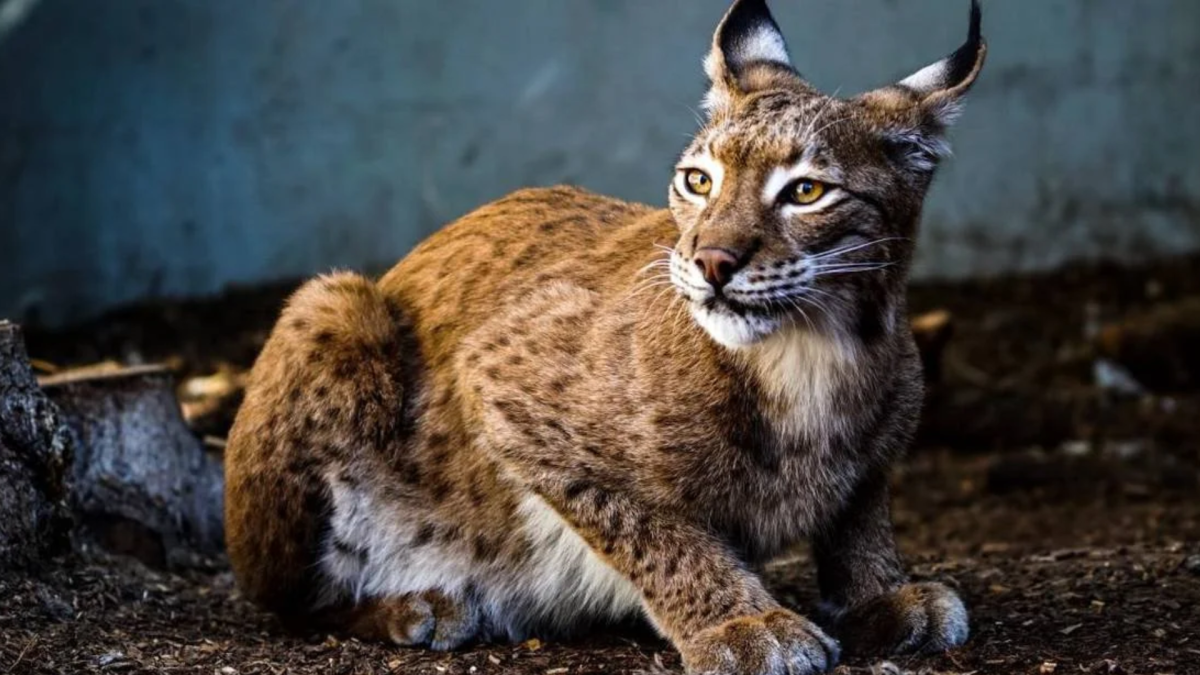Could Lynx Save Scotland’s Last Ice Age Trees?

In the Scottish Highlands, you can find a unique landscape: Caledonian pinewoods that are direct descendants of trees dating all the way back to the last ice age, but these forests are in grave danger. The main culprit? Deer. The solution? It’s complicated.
A new study published by Trees for Life, which is working to regenerate the forests of the Highlands, investigated the health of the forest and found that today’s ice age pinewoods could be the last generation. Today’s Caledonian pinewood forests are just about 1 percent of the size they were 6,000 years ago.
The main reason these forests are in danger is that deer populations are out of control because they have no natural predators left in Scotland. Lynx, brown bears and wolves all once roamed the Highlands, but were hunted to extinction centuries ago. Today, the uncontrolled deer population munches on new forest growth, preventing seedlings from growing into trees. This means the forest can’t regenerate itself quickly enough to survive. Nearly a quarter of today’s remaining Caledonian pinewoods are critically endangered, Trees for Life says, and they will be lost without “urgent” action.
[embedded content]
“These pinewoods should be playing a key role in Scotland’s fight-back against the climate and nature emergencies, but right now most are on their last legs,” James Rainey, the Trees for Life ecologist who led the study, said in a press release about the findings. “It’s not too late to turn this around, but that means seriously stepping-up restoration and rewilding action.”
The Trees for Life study recommends deer management as a crucial solution to saving the forests, noting that it would be “the single most effective way to secure and enhance Caledonian Pinewood health and resilience.”
While the Trees for Life study doesn’t make specific recommendations about how to manage the deer population, a separate—and controversial—proposal might have a solution. Some conservation groups in the country have been pushing to bring lynx back into the Highlands for the first time since they were hunted to extinction there about 1,300 years ago. Lynx hunt deer, and could naturally bring the population under control. But opposition groups worry that bringing them back could have a devastating impact on farmers raising livestock around the country.
The conversation is so heated that the University of Exeter teamed up with the Vincent Wildlife Trust to publish an academic study detailing all the nuances of the situation. They found that people weren’t just for or against lynx reintroduction, but that they fell into five different camps raising separate concerns about the urgency of bringing back lynxes or the dangers of doing so.
“The study provides a foundation for future dialogue between stakeholders over the prospective reintroduction of the lynx to Scotland,” Dr. Sarah Crowley, of the University of Exeter, said in a press release about the study“The findings also have wider relevance for wildlife reintroductions, species recovery, and conservation conflicts elsewhere.”
And those conflicts elsewhere just may be in your own backyard. Colorado, for example, is dealing with a very similar debate over reintroducing wolves after voters approved a ballot measure in 2020 to bring them back to the wild. But a lot of red tape—thanks to some very similar conversations to those Scotland is having—could potentially delay the process for years.
Source: https://outdoors.com/how-lynx-could-save-scotlands-last-ice-age-trees/






